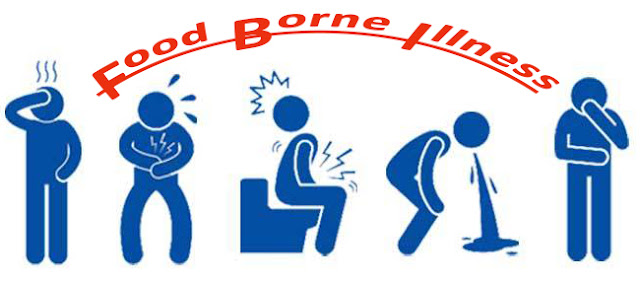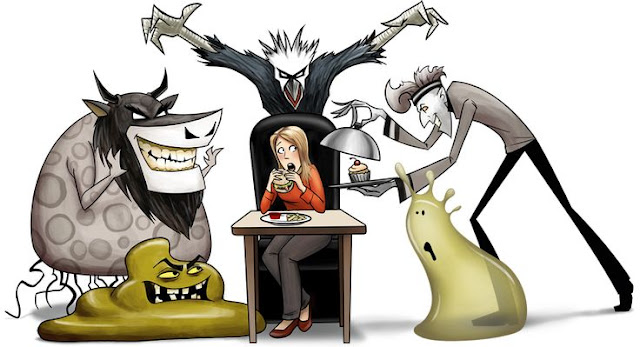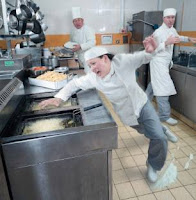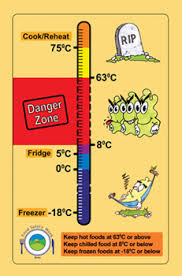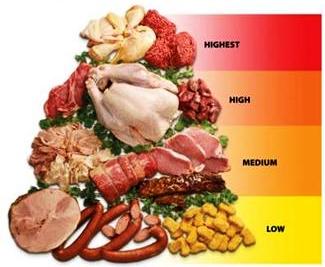In this part of this essay it been described the
- food borne illness
- symptoms of food borne illness
- different types of food borne illness
- microorganisms involved for food born illness
- Acronym FATTOM explained.
1.
- FOOD BORNE ILLNESS
Pathogens is the very dangerous microorganism cause the individuals to be sick. Mainly people get sick if they take food contains Pathogens. such as Viruses and bacteria. Those are the microorganisms can not be seen without the help of microscope.
- COMMON HAZARDOUS FOOD INGREDIENTS
Pathoges like viruses and bacteria could multiply their number when they get positive atmosphere and easily can be rapidly grow in meat, poultry, milk, fish, beans, cooked rice,
- VIRUS, BACTERIA AND PARASITES
Pathogen like Virus can be spread vary rapidly though foods. This can be spread to food by not wash and dry hands before or after coughing, sneezing or using amenities/toilet. another type of pathogen is bacteria. It may lead to food poisoning and cause food borne illness. Some bacteria are seriously toxic. Most often cooking does does not destroy bacteria. Even it looks like good and smells good still it may be toxic. Due to lack of proper storage and temperature control bacteria grow very fast and rapidly. Apart from the Bacteria and Viruses there are other type of pathogen called Parasites. Parasites are micro or tiny worms lives in fish and meat. This also could lead to food borne illness to the individuals unless cook the fish and meat product with right temperature.
